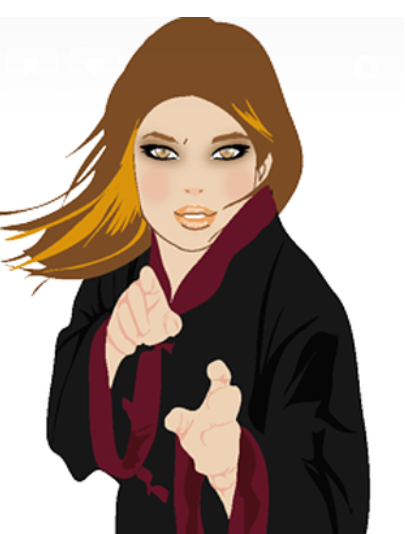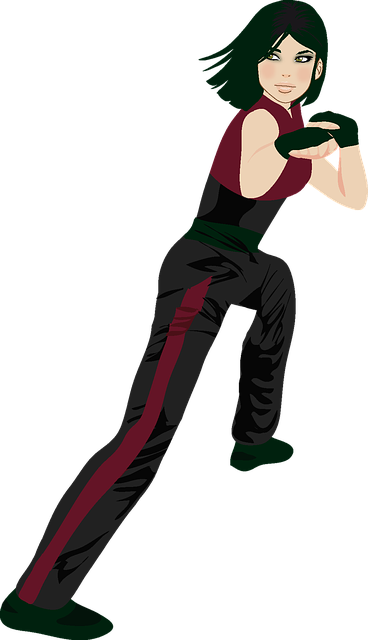

wing chun female martial art
Wing Chun, often recognized as a female martial art, has a rich and captivating history. This martial art stands out for its effectiveness, simplicity, and accessibility, particularly for women. At the origin of this discipline are two iconic figures: Wu Mei and Yim Wing Chun. These women not only defied the social norms of their time but also left a lasting legacy in the world of martial arts. This article explores the history of Wing Chun, the contribution of Wu Mei and Yim Wing Chun, and why this martial art is particularly suitable for women.
The Origins of Wing Chun
Wu Mei: The Warrior Nun
Wu Mei, often portrayed as a Buddhist nun to mask her involvement against the Manchu invaders, is one of the founding figures of Wing Chun. In reality, Wu Mei was a resistance fighter, using her appearance as a nun to live a clandestine life while perfecting her martial skills.
- Resistance and Defiance: At a time when China was invaded by the Manchus, Wu Mei refused to submit to the invaders. She used her status as a nun to train resistance fighters and develop combat techniques.
- Master of Various Styles: Wu Mei was an expert in several martial styles, including Dashi Quan and Pak Mei. Her extensive knowledge allowed her to create an effective fighting style specifically adapted for women.
Yim Wing Chun: The Protégée
Yim Wing Chun, on the other hand, was a young woman of 15 to 16 years old when Wu Mei met her. Her father, having no sons, educated her as a boy, giving her a rare freedom for a girl of that time.
- Training and Legacy: Under Wu Mei's tutelage, Yim Wing Chun learned martial arts and helped develop a specific style, Wing Chun, designed to be particularly effective for women.
- A Husband Also Resistant: Leung Bok-cho, Yim Wing Chun's husband, took on her father's family name, thus continuing the family legacy of resistance and martial prowess.
Why Wing Chun is a Female Martial Art
Adaptability and Effectiveness
Wing Chun is often described as a female martial art due to its unique design that emphasizes technique over brute strength.
- Short-Circuit Techniques: Wing Chun uses short and fast movements, perfect for women who may not have the same physical strength as men.
- Economy of Movement: By focusing on economical and direct movements, Wing Chun allows practitioners to use their opponent's energy against them.
History of Female Resistance
The history of Wing Chun is rooted in female resistance against oppressors. Wu Mei and Yim Wing Chun, as central figures, showed that women can not only practice martial arts but also excel and innovate in this field.
- Non-Conformity to Gender Norms: At a time when women were often expected to conform to strict roles, Wu Mei and Yim Wing Chun defied these expectations and proved their ability to fight and teach.
- Freedom of Movement: Unlike many women of their time, Wu Mei and Yim Wing Chun did not have bound feet, a common practice for Manchu women. This allowed them to train and move freely, contributing to their martial effectiveness.
The Principles of Wing Chun
The Central Line
One of the key concepts of Wing Chun is defense and attack along the central line of the body.
- Maximum Protection: By focusing on the central line, practitioners can effectively protect vital points while minimizing openings for counter-attacks.
- Direct Attack: Wing Chun techniques aim to directly attack the opponent's weak points, thus reducing the time and energy required to neutralize a threat.
Sensitivity and Adaptability
Wing Chun also places a strong emphasis on developing tactile sensitivity and the ability to react adaptively to an opponent's movements.
- Chi Sao (Sticky Hands): A central exercise in Wing Chun, Chi Sao helps practitioners develop their sense of touch, allowing them to feel and react instantly to their opponent's movements.

- Reflexes and Responsiveness: This heightened sensitivity enables practitioners to maintain constant control and adapt quickly to changes in a confrontation.
Wing Chun FAQ
What distinguishes Wing Chun from other martial arts?
Wing Chun stands out for its effectiveness, technical approach, and simplicity. Unlike many other martial arts, it does not rely on brute strength but on precise and economical movements.
Why is Wing Chun considered a female martial art?
Historically developed by women, Wing Chun is particularly suited for women due to its emphasis on technique rather than physical strength. It allows women to defend themselves effectively against larger and stronger opponents.
Who were Wu Mei and Yim Wing Chun?
Wu Mei was a warrior nun and anti-Manchu resistance fighter, while Yim Wing Chun was her protégée, a young girl who helped develop the fighting style that bears her name.
How is Wing Chun practiced today?
Today, Wing Chun is practiced worldwide by men and women of all ages. It is taught in many martial arts schools and academies and continues to evolve with new training methods and techniques.
Conclusion
The history of Wing Chun, a female martial art, is a saga of courage, innovation, and resistance. Wu Mei and Yim Wing Chun, by defying the conventions of their time, created a lasting legacy that continues to inspire generations of martial arts practitioners. Their contribution has not only enriched the world of martial arts but has also demonstrated the power and resilience of women. By celebrating this history, we recognize the importance of diversity and inclusivity in martial arts and beyond.
#wing chun female martial art












